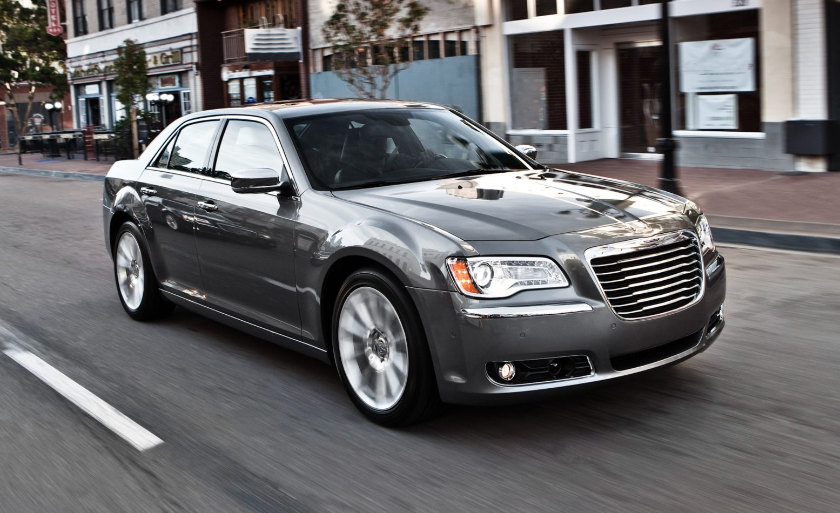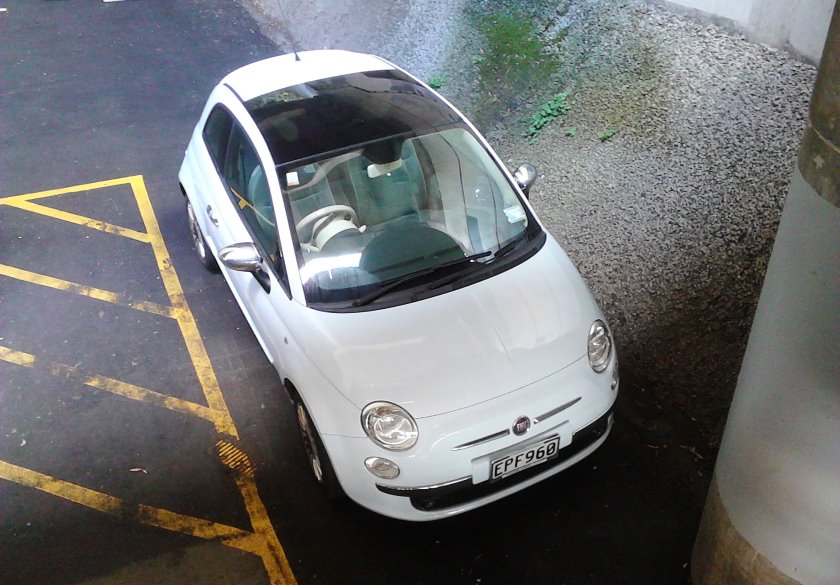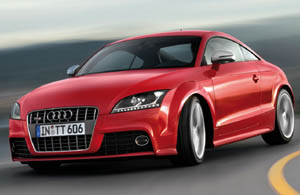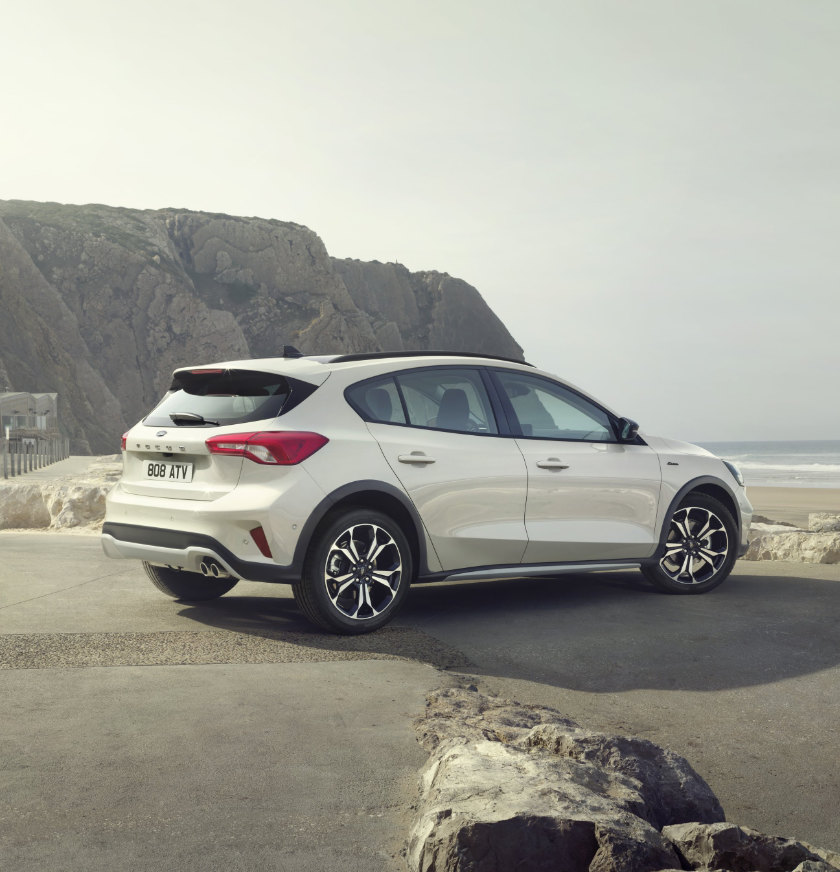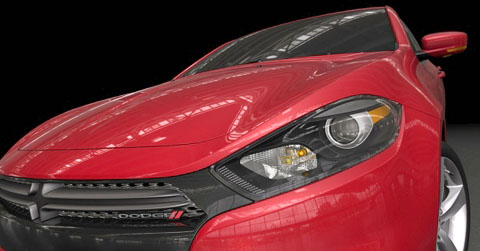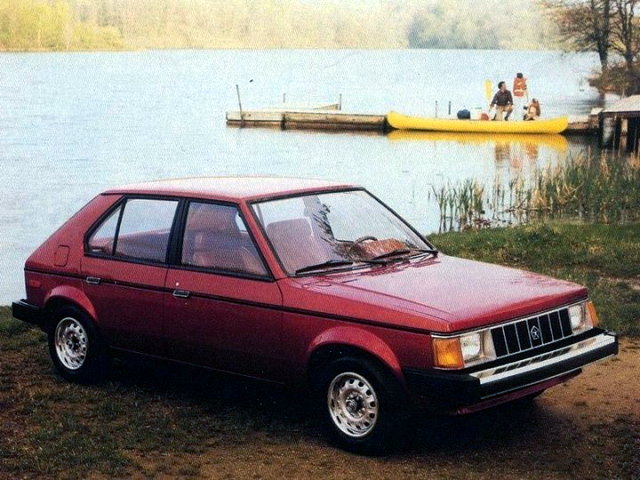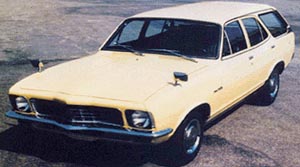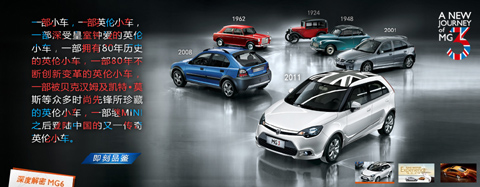There’s a rumour circulating that Fiat (specifically, Fiat Chrysler Automobiles, or FCA) will kill the Chrysler marque today.
The range currently consists of two models: the ageing 300 and the relatively fresh Pacifica.
It seems to be another step in the mismanagement of car marques, especially US ones, something I wrote about many years ago when Condé Nast Portfolio was still running. (Note: it was a published letter to the editor, not an article.)
Marques do disappear, but when the wrong ones get killed off, long-term it leaves the company in a weaker state.
DaimlerChrysler found that out in the early 2000s when it decided Plymouth was surplus to requirements. Suddenly, its entry-level budget brand was gone—a very bad move when the recession hit later that decade. Plymouth had been conceived as a low-priced line that kept Chrysler afloat during the Depression.
DaimlerChrysler then found itself having to sell Plymouth products under the Chrysler marque, which was traditionally the priciest between Plymouth, Dodge and Chrysler.
Today’s Chrysler resembles, at least in market ambition, the one of old, where it offers reasonably good quality vehicles, with Plymouth a distant memory.
It also offers Fiat a relatively premium brand in the US market. It’s not Jeep, Ram or Dodge, all of which have very different brands, messages and brand equity.
The fact it is light on product could have been solved long ago if Fiat had adopted the sort of platform-sharing that is now commonplace in the car world—you only have to look at Volkswagen and the Renault–Nissan Alliance, now Renault Nissan Mitsubishi. Even Jaguar Land Rover is realizing economies of scale with Jaguar SUVs and a car-like Range Rover (the Velar).
While Chrysler found that the 200 had flopped, there was always room for a premium, American SUV to take over from the Aspen, for example. If Jeep can build SUVs on Punto and Giulietta platforms, why couldn’t Chrysler, aimed at very different buyers?
The truth is that Fiat has a very confusing platform strategy, something I alluded to in earlier posts both here and in Drivetribe, and there appear to be no signs of bringing any harmony to the mess.
The firm hasn’t been properly merged, and not enough thought has been given to reducing platforms, and sharing them between marques. There’s more in common on this front between Fiat and British Leyland than between Fiat and Volkswagen, which it once vied with to be Europe’s number-one.
The domestic range has cars on platforms shared with Ford, Chrysler and GM, not to mention OEM vehicles from Mazda, Mitsubishi and Peugeot. I might not love SUVs, but the public does, and the Fiat range is light on them. There’s not enough of a global effort, either: the Ottimo and Viaggio are Italian-styled, based on the Alfa Romeo Giulietta (or more specifically the Dodge Dart), and they are only sold in China—a ridiculous situation when Fiat doesn’t have a CD-segment saloon in any other market. The rationalization of the range in South America has helped, with the Argo and Cronos streamlining a confusing array of Palio, Linea, Siena and Grand Siena models, but they bear little resemblance to the models on offer in Europe.
Lancia, which had benefited from Fiat platforms, is practically dead, its 500-based, Polish-made Ypsilon being deleted this year. As models at Lancia died out, they were not replaced. Yet things could have been so much better, had Fiat allowed Lancia the sort of freedom it needed to sell Italian luxury and innovation. Those values are different from Alfa Romeo’s, yet through its conduct, Fiat seems to think that if Alfa and Lancia have similar prices, then they must vie for similar buyers. They never did. It seems to believe that costs will be saved through axing marques and model lines, which can be true in some cases—but those cases tend to presume that what remains, or what replaces them, is stronger.
I’m not being a Luddite or pining for the “good old days” when it comes to Chrysler. I hold no romantic notions for the brand. But I do know that once they’re gone, the firm doesn’t necessarily find its resources are freed up to pursue surviving lines. It finds that it’s lost a segment that it once fielded.
It’s sadder to realize that Chrysler, as a group, was much stronger in the early 1990s, with record development times and good platform-sharing. Plymouth was in the process of developing its own identity—the PT Cruiser and Prowler heralded a new retromodern design language that was to spread throughout the range, while utilizing the same platforms as Chryslers and Dodges.
Fiat itself, too, was a strong company at this same period, riding high on great styling, with a reinvigorated line-up. Think Bravo, Brava, Barchetta, Coupé Fiat, 456, Quattroporte, Delta, Dedra, Kappa, 145, 146, GTV and Spider. A lot of these vehicles were talked-about, and considered some of the most stylish in Europe.
Last year, in Europe, luxury marques Mercedes-Benz, BMW and Audi all outsold Fiat, supposedly a mass-market brand. Its market share in Italy and Brazil, traditionally places where it was strong, has continued to dip.
In the US, it’s the same story, with Mercedes-Benz, BMW and Audi all outselling Chrysler both last year and year-to-date.
It’s all very romantic, and good press, to show off premium Alfa Romeos and Maseratis, or money-making Jeeps, but many of these models don’t donate any of their architecture to Fiat’s troubled brands.
In 2018, when you see that certain Fiat marques aren’t getting access to platforms, you have to wonder why—especially when so many other big players don’t place such restrictions on their brands.
A new 500 and Panda might be around the corner, but we’ll need to see far more logic applied to the business, especially with Alfa’s Mito and Giulietta looking more dated, Fiat’s range in a mess, and Chrysler barely making an effort in China, a market where its sort of positioning would have attracted luxury-conscious buyers who might prefer foreign brands, such as Buick.
Even if Chrysler gets a stay of execution, Sergio Marchionne’s successor will have a very tough job ahead.
